Inductance —— Loop and Partial
----- 电感线圈:闭合与部分环形
Preface. 1 Introduction. 1.1 Historical Background. 1.2 Fundamental Concepts of Lumped Circuits. 1.3 Outline of the Book. 1.4 "Loop" Inductance vs. "Partial" Inductance. 2 Magnetic Fields of DC Currents (Steady Flow of Charge). 2.1 Magnetic Field Vectors and Properties of Materials. 2.2 Gauss's Law for the Magnetic Field and the Surface Integral. 2.3 The Biot-Savart Law. 2.4 Ampere's Law and the Line Integral. 2.5 Vector Magnetic Potential. 2.5.1 Leibnitz's Rule: Differentiate Before You Integrate. 2.6 Determining the Inductance of a Current Loop:. A Preliminary Discussion. 2.7 Energy Stored in the Magnetic Field. 2.8 The Method of Images. 2.9 Steady (DC) Currents Must Form Closed Loops. 3 Fields of Time-Varying Currents (Accelerated Charge). 3.1 Faraday's Fundamental Law of Induction. 3.2 Ampere's Law and Displacement Current. 3.3 Waves, Wavelength, Time Delay, and Electrical Dimensions. 3.4 How Can Results Derived Using Static (DC) Voltages and Currents be Used in Problems Where the Voltages and Currents are Varying with Time?. 3.5 Vector Magnetic Potential for Time-Varying Currents. 3.6 Conservation of Energy and Poynting's Theorem. 3.7 Inductance of a Conducting Loop. 4 The Concept of "Loop" Inductance. 4.1 Self Inductance of a Current Loop from Faraday's Law of Induction. 4.1.1 Rectangular Loop. 4.1.2 Circular Loop. 4.1.3 Coaxial Cable. 4.2 The Concept of Flux Linkages for Multiturn Loops. 4.2.1 Solenoid. 4.2.2 Toroid. 4.3 Loop Inductance Using the Vector Magnetic Potential. 4.3.1 Rectangular Loop. 4.3.2 Circular Loop. 4.4 Neumann Integral for Self and Mutual Inductances Between Current Loops. 4.4.1 Mutual Inductance Between Two Circular Loops. 4.4.2 Self Inductance of the Rectangular Loop. 4.4.3 Self Inductance of the Circular Loop. 4.5 Internal Inductance vs. External Inductance. 4.6 Use of Filamentary Currents and Current Redistribution Due to the Proximity Effect. 4.6.1 Two-Wire Transmission Line. 4.6.2 One Wire Above a Ground Plane. 4.7 Energy Storage Method for Computing Loop Inductance. 4.7.1 Internal Inductance of a Wire. 4.7.2 Two-Wire Transmission Line. 4.7.3 Coaxial Cable. 4.8 Loop Inductance Matrix for Coupled Current Loops. 4.8.1 Dot Convention. 4.8.2 Multiconductor Transmission Lines. 4.9 Loop Inductances of Printed Circuit Board Lands. 4.10 Summary of Methods for Computing Loop Inductance. 4.10.1 Mutual Inductance Between Two Rectangular Loops. 5 The Concept of "Partial" Inductance. 5.1 General Meaning of Partial Inductance. 5.2 Physical Meaning of Partial Inductance. 5.3 Self Partial Inductance of Wires. 5.4 Mutual Partial Inductance Between Parallel Wires. 5.5 Mutual Partial Inductance Between Parallel Wires that are Offset. 5.6 Mutual Partial Inductance Between Wires at an Angle to Each Other. 5.7 Numerical Values of Partial Inductances and Significance of Internal Inductance. 5.8 Constructing Lumped Equivalent Circuits with Partial Inductances. 6 Partial Inductances of Conductors of Rectangular Cross Section. 6.1 Formulation for the Computation of the Partial Inductances of PCB Lands. 6.2 Self Partial Inductance of PCB Lands. 6.3 Mutual Partial Inductance Between PCB Lands. 6.4 Concept of Geometric Mean Distance. 6.4.1 Geometrical Mean Distance Between a Shape and Itself and the Self Partial Inductance of a Shape. 6.4.2 Geometrical Mean Distance and Mutual Partial Inductance Between Two Shapes. 6.5 Computing the High-Frequency Partial Inductances of Lands and Numerical Methods. 7 "Loop" Inductance vs. "Partial" Inductance. 7.1 Loop Inductance vs. Partial Inductance: Intentional Inductors vs. Nonintentional Inductors. 7.2 To Compute "Loop" Inductance, the "Return Path" for the Current Must be Determined. 7.3 Generally, There is no Unique Return Path for all Frequencies, Thereby Complicating the Calculation of a "Loop" Inductance. 7.4 Computing the "Ground Bounce" and "Power Rail Collapse" of a Digital Power Distribution System Using "Loop" Inductances. 7.5 Where Should the "Loop" Inductance of the Closed Current Path be Placed When Developing a Lumped-Circuit Model of a Signal or Power Delivery Path?. 7.6 How Can a Lumped-Circuit Model of a Complicated System of a Large Number of Tightly Coupled Current Loops be Constructed Using "Loop" Inductance?. 7.7 Modeling Vias on PCBs. 7.8 Modeling Pins in Connectors. 7.9 Net Self Inductance of Wires in Parallel and in Series. 7.10 Computation of Loop Inductances for Various Loop Shapes. 7.11 Final Example: Use of Loop and Partial Inductance to Solve a Problem. Appendix A: Fundamental Concepts of Vectors. A.1 Vectors and Coordinate Systems. A.2 Line Integral. A.3 Surface Integral. A.4 Divergence. A.4.1 Divergence Theorem. A.5 Curl. A.5.1 Stokes's Theorem. A.6 Gradient of a Scalar Field. A.7 Important Vector Identities. A.8 Cylindrical Coordinate System. A.9 Spherical Coordinate System. Table of Identities, Derivatives, and Integrals Used in this Book. References and Further Readings. Index .
{{comment.content}}

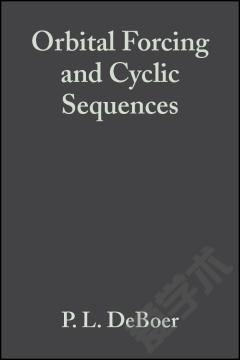
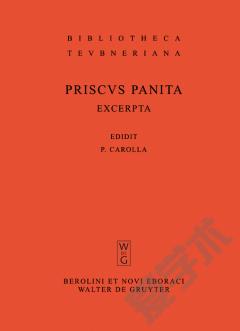
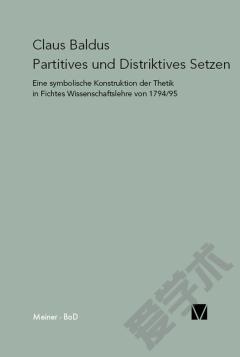
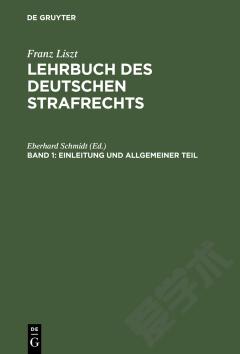
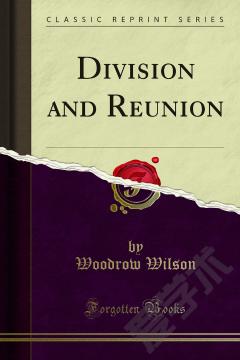
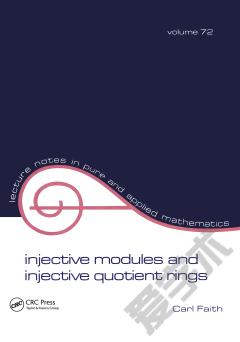

 京公网安备 11010802027623号
京公网安备 11010802027623号